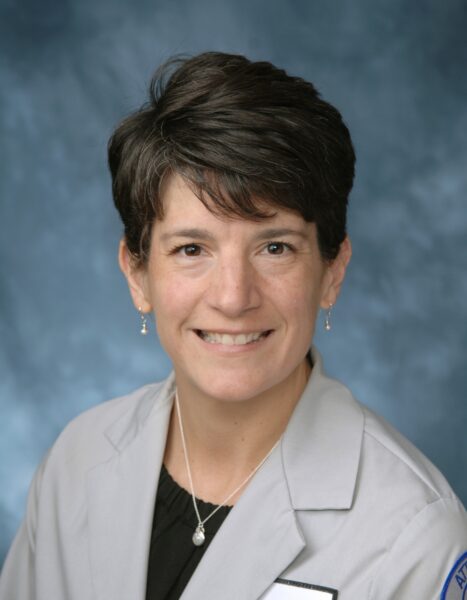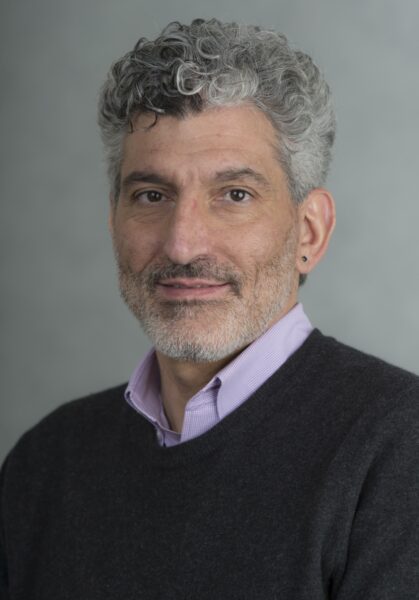
The Brain Research Foundation (BRF) is supporting research that aims to improve pediatricians’ ability to evaluate and manage sports-related concussive injuries among young children, and guide future research regarding the diagnosis, treatment and long term effects of these events.
In 2010, the American Academy of Pediatrics (AAP) Council on Sports Medicine and Fitness published a report that provides recommendations for pediatricians and other child health care providers who manage sports related concussions in children and adolescents. The report emphasizes that appropriate management is essential for reducing the risk of long-term symptoms and complications. Although clinical tools to measure concussive recovery are available, their efficacy is based on research with college and high school aged athletes. Post concussion cognitive tests have not been validated for use with grade school athletes.
BRF awarded a $30,000 grant to collect data that is vitally needed to identify valid and reliable clinical tools pediatricians can use to measure concussive recovery in younger children. In time, this funding will help advance clinical practices when pediatricians face these injuries among younger patients. Through the BRF’s work as an advocate of education around the long term effects of concussions and traumatic brain injury (TBI), we have identified the gap in clinical tools for sports-related head injuries in grade school children.
Cynthia LaBella, M.D. led the research team behind this effort. Dr. LaBella is the Medical Director for the Institute for Sports Medicine at Ann & Robert H. Lurie Children’s Hospital of Chicago and Associate Professor of pediatrics at Northwestern University’s Feinberg School of Medicine. “As one of a small number of academic pediatric sports medicine departments in the country, we are intimately aware of the unique needs of children and adolescents suffering sports related concussions,” states Dr. LaBella. “We believe that BRF’s grant will help mitigate some of the challenges pediatricians encounter while evaluating and managing concussions in this young population.”



